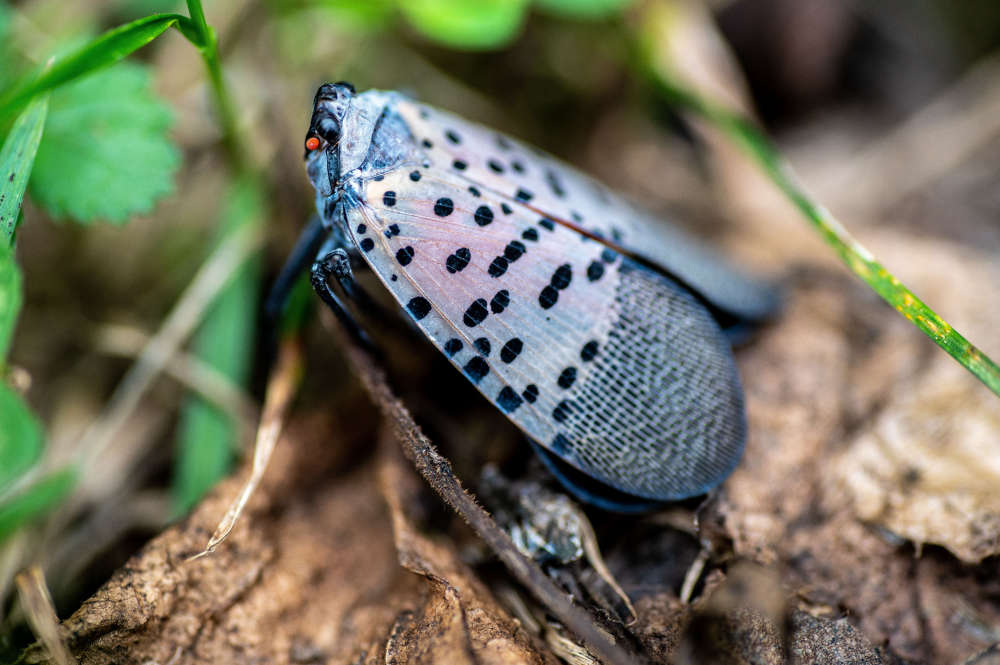
New Jersey — The Spotted Lanternfly, an invasive insect first discovered in Pennsylvania in 2014, has established itself throughout New Jersey, posing a serious risk to the state’s agricultural crops and hardwood trees. Originally native to Asia, the Spotted Lanternfly has rapidly spread across the northeastern United States. In New Jersey, the pest targets vital plants including grapevines, maples, and black walnut trees. While the insect does not harm people or animals, its feeding habits severely stress plants, sometimes resulting in stunted growth or death. The Spotted Lanternfly also excretes honeydew, leading to sooty mold that can coat plants, outdoor furniture, and vehicles, further degrading quality of life in infested areas. State agricultural officials warn that the presence of the Spotted Lanternfly continues to increase, with infestations reported in every New Jersey county. Experts advise residents to check for egg masses, nymphs, and adult insects, and to destroy them on sight to help limit spread. Continued vigilance is essential for protecting crops and natural resources. In response to the ongoing threat, the New Jersey Department of Agriculture is providing grant funding through 2026 to counties and municipalities for control and treatment programs. Local governments are encouraged to apply for these funds to support chemical treatments and other pest management measures. Agriculture authorities emphasize that collective action by residents and local governments is critical to combating the Spotted Lanternfly and safeguarding the state’s farms and forests. More information on grant opportunities and control efforts can be found on the New Jersey Department of Agriculture website.
